Humans unjustly occupy fifty per cent of ontology; objects must be brought back to the forefront. This demand is a central part of the philosophical school of object-oriented ontology (abbreviated as OOO). The father of this materialistic school of thought, created in 1999 (initially as object-oriented philosophy), is Graham Harman (b. 1968), an American Heideggerian philosopher strongly influenced by Quentin Meillassoux. But what is object-oriented ontology? Why does it represent the newest stage in the development of the radically immanent ideology as part of the Cybelian Logos1? And why does it form a theoretical foundation for the thought structure of transhumanism?
Firstly, it is a new development of thinking that rejects any form of transcendence (and thus is radically immanent, rooted only in the world), continuing Bruno Latour’s critique of materialism. Unlike ancient materialistic thinking, it does not believe in matter as a hard physical substance occupying a perceptible point in space and time. Rather, in the course of its evolutionary worldview, it assumes that the essential difference between humans and apes lies in the use of inanimate objects as stabilisers. These play a central role in politics and human life but have largely been ignored in the history of philosophy.
Furthermore, it rejects the assumption that there is a form of political knowledge. Politics, it argues, is practised through direct confrontation. However, the essential engine of political change is not human tools like the printing press and the atomic bomb. The philosophical realism of OOO assumes that political change is primarily caused by upheavals in the environment and technology, which are anchored in reality rather than in ideas and manifestos.
According to Harman, we must abandon all ideas of what an object is. Usually, we think of something hard, solid, and non-human when we consider an object, but object-oriented ontology understands an object as a universal concept. According to Harman, an object is something that cannot be reduced either downwards or upwards, so it is something that is integral to itself. While humans must accumulate knowledge in order to survive, the essence of objects cannot be exhaustively explained philosophically by asking what something is made of and what it is useful for.
Referring to Socrates, he clarifies that philosophy is not a form of knowledge based on immutable truths. Consequently, object-oriented ontology opposes two dominant trends, according to Harman: ‘undermining’ and ‘overmining’. He defines ‘undermining’ as the process of seeking the smallest possible thing and declaring it to be a component of everything. As an example, Harman cites the pre-Socratics, who believed that a particular physical element (water, fire, or in the case of their more radical representatives, a vague substance like apeiron2) was the smallest building block of everything. However, the problem with this method is that it cannot explain the emergence of things such as human reputation. No individual alone has a reputation; only in connection with others can they acquire one. Therefore, the ‘underminers’ cannot explain the emergence of something that occurs over the parts.
The other problem for Harman is ‘overmining’. He refers to philosophical currents for which the idea of real objects is too profound and for which everything consists of events, language, power, and relationships. The idea of individually autonomous things is rejected by the ‘overminers’, who only speak of superficial processes and what happens when things interact with each other. The philosophers Bruno Latour and Slavoj Žižek are mentioned as representatives of this approach. The main problem with ‘overmining’, according to Graham Harman, is that it cannot explain change. If a thing is nothing more than what it is doing at the moment, that is, no more than the sum of its actions, then one is not able to explain other actions in the future.
Based on Aristotle’s concept of potentiality – the property of a substance to cause a certain type of change in itself or in someone else – Harman sees not only classical human subjects but also potential for change in things themselves. Therefore, not only an architect is a potential builder, even if he is not currently building a house, but also a surplus value exists in the things themselves that can bring about change. The two terms ‘undermining’ and ‘overmining’ represent two types of knowledge that are respected but rejected by object-oriented ontology because it assumes that there are certain kinds of human perception, such as aesthetics, that cannot grasp the reality of things.
Rather, both forms of knowledge would enter into a parasitic relationship with each other, thereby reinforcing their own weaknesses. The creator of OOO refers to this interplay of ‘undermining’ and ‘overmining’ as ‘duomining’, using a term from the world of credit cards, where data mining and text mining are used simultaneously to learn as much as possible about the future behaviour of a credit card holder. Therefore, Harman turns to a different kind of human knowledge, namely aesthetics. It is of particular importance to him because it escapes direct access and provides clues to realities without paraphrasing them. Paraphrasing is equated with science in the thinking of OOO, as it is used to replace the name of a thing with a list of its attributes.
In art, however, one tries to describe the distance between the object and its qualities. As a critic, one would fail if one simply mentioned that Pablo Picasso’s painting Guernica consisted of a piece of canvas and oil paint. In the case of art, both the method of ‘undermining’ and ‘overmining’ fail (by reducing the painting to its socio-political message), as it encompasses a deeper meaning but is also more superficial than its artificial particles. Art rises above its individual components while simultaneously diving beneath social relations and meanings.
Art is just one example of this; according to Harman, it is the same in philosophy. Since Socrates, who claimed to know that he knew nothing and was nobody’s teacher, the task of philosophy has been to get closer to things through constant questioning in its function as ‘love of wisdom’ – for example, Socrates never gives an adequate definition of friendship, love, etc. – without reaching the thing in itself. The fact that we have forgotten this true essence of philosophy is due to our focus on making philosophy an exact science within the framework of the last four centuries and the influence of (natural) scientific rationalism. Referring to Latour’s book We Have Never Been Modern, Harman vehemently rejects the subject-object division and instead advocates a flat ontology in which everything, including humans, becomes an object.
Although humans are objects with special properties, such as history, language, and the fact that they care about other people, this does not justify us deserving 50% of the entire ontology. According to the father of OOO, we must move out of the ‘shadow of Kant’ and overcome the question of the thing in itself philosophically. Harman does this by stating that every interaction also has an outside and does not only take place in our minds. This makes it possible for two non-living objects to enter into a relationship with each other. Consequently, there is a world outside our minds. While philosophy in the Kantian tradition privileges the subject-object relationship, for OOO, it is only a special case of object-object relationships. However, instead of referring to Heidegger’s in-the-worldness of Being and thus overcoming the subject-object separation in the sense of traditionalism, Harman rejects this process as Kantian. Consequently, it is not only necessary to question the special role of humans but also to formulate a philosophy of animals and not just to regard apes as machines that can be tortured at will, as Rene Descartes did.
The true modernity for Harman does not consist of separating man from God and transcendence in terms of a special certainty about subject-object relations, in the fashion of Descartes, and demanding the domination of the subject over reality. Rather, it means becoming ‘truly modern’ in the sense of postmodernity. This involves overcoming postmodernity in the sense of total objectification of the world that makes everything and every one an object in the sense of OOO. After the dethronement of man as the lord of creation in the reality of modernity, the dethronement of man as subject and degradation to object in the virtuality of postmodernism follows. Ultimately, this is only a radicalisation of the modern thought project. While Descartes described man as a clockwork and thus popularised the idea that he should function like one, postmodernism sees man as a machine, degrading him philosophically to an object among many, in order to give corporations such as Google and Tesla the intellectual foundation to turn him into a cyborg.
When Harman is asked what makes up object-oriented ontology, he first thinks of the withdrawal according to Heidegger. Thus, things would evade any attempt to grasp them and take hold of their qualities. ‘Overmining’ and ‘undermining’ cannot capture them, which is why aesthetics and indirect discourse are so important for us. In this regard, Harman builds on the Dionysian thinker Aristotle and his philosophical consideration of rhetoric in the sense of the Noomachy3. It helps the OOO to say implicitly things that cannot be openly expressed. This way, it does not fall into the trap of analytical philosophy, which tries to test wine, for example, by pouring it into a machine to learn its chemical formula. Although this reveals the chemical formula of the wine, it loses its sensory qualities. The lofty judgements that both wine sommeliers and philosophers lose in the process are a professional hazard that should not deter one, according to Harman. The humanities have to rely on indirect discourse more than any other scientists.
Taking the metaphor as an example, we can speak of a wine-dark sea, which can describe the abyss, drunkenness, and danger of the sea. But when we speak of a sea-dark wine, we mean something completely different. There is an asymmetry between subject and predicate concepts. As a result, the OOO is characterised by two dualisms and a fourfold structure, as two dualisms intersect in it. This includes the dualism between the hidden and the unhidden. Thus, Graham Harman places himself in the tradition of Edmund Husserl, the father of phenomenology. Husserl criticised Hume’s assumption that an apple, for example, is not primarily an apple but something red, hard, cold, juicy, and sweet. For Husserl, the object comes first, and its qualities are subordinate to it, as the object remains the same object even if its qualities change. In addition to the withdrawal of objects, OOO also deals with the tension between their qualities – real and sensory – which takes place both on the level of experience and on that of reality. Here, Harman refers to Leibniz’s concept of the monad4, which is simultaneously one and many.
In contrast to actor-network theory, Harman’s OOO argues that not everything in life is important, but rather each object experiences a maximum of five to six important things in life. He refers to Stephen Gould, one of the fathers of the theory of punctuated equilibrium, which assumes that there are long periods of stability in evolution before sudden paradigm shifts lead to exponential progress. Harman sees the symbiosis between different objects as the engine of this progress, citing humans as an example.
So much for object-oriented ontology – but how does it fit in overall? The speculative realism of Quentin Meillassoux reaches its culmination with the OOO of Graham Harman in the sense of a radically immanent thinking that no longer refers to matter, from which everything is made, like the old materialism, but rather shifts the focus generally from subject to object and makes everything in the world – from humans, animals, to the Dutch East India Company – an object. He does not want to go back to modernity like frightened modernists Francis Fukuyama and Jürgen Habermas, but rather, based on phenomenology and Martin Heidegger’s thinking, he demands not a return to tradition, but a radical advancement of postmodernism.
To give objects more autonomy, Harman does not liquidate the subject but rather existence itself. This liberates things from their status as something present-at-hand. The thing as an instrument is brought to life by weakening life in existence. As the Russian philosopher Alexander Dugin correctly notes, object-oriented ontology means the transition to the world of things, through which an Internet of Things can arise, including artificial intelligence, post-humanist philosophy (where humans lose their central position in ontology), and replacement body parts from 3D printing within the ‘silicon thinking’ of Silicon Valley. The human consciousness and body are to be replaced by an instrument with mechanical prostheses. At the end of OOO, there is not a life of humans as objects, but rather no humans at all since objects are not attributed qualities of the subject. In this respect, it is not an exaggeration to say that this philosophy is open Satanism, which has set itself the goal of the ultimate destruction of creation because transhumanism and object-oriented ontology in their cabalistic-postmodern logic lead precisely to this goal. It is all the more important to understand them so that we can successfully fight against them.
Footnotes
1Cybele was a fertility goddess in ancient Phrygian and Greek mythology. Alexander Dugin views the Logos of Cybele as the dark logos that emasculates the male and is radically opposed to Indo-European culture. He believes that Cybele’s Logos is associated with the earth, materiality, and the chthonic, which is opposed to the sky, spirituality, and the Olympian gods. Therefore, he sees the worship of Cybele as a threat to the traditional masculine Indo-European values and culture, which he seeks to preserve.
2Ancient Greek for ‘the infinite’. The term goes back to the Greek philosopher Anaximander (610–546 BC) and refers to a primal substance that would have neither beginning nor end.
3Noomachy represents a metaphysical struggle between opposing forces of consciousness and the world-spirit. It is a manifestation of the eternal battle between the Logos and anti-Logos, which takes place at the highest level of being. Noomachy is not merely a physical or historical conflict, but a cosmic battle that transcends time and space, and permeates all levels of reality. It is a struggle for the very essence of being, and its outcome will determine the fate of humanity and the universe as a whole. The term is derived from the Greek words noos, meaning ‘mind’ or ‘intellect’ and mache, meaning ‘fight’ or ‘battle’.
4Monas is from Ancient Greek and means ‘unity’ or ‘simplicity’.
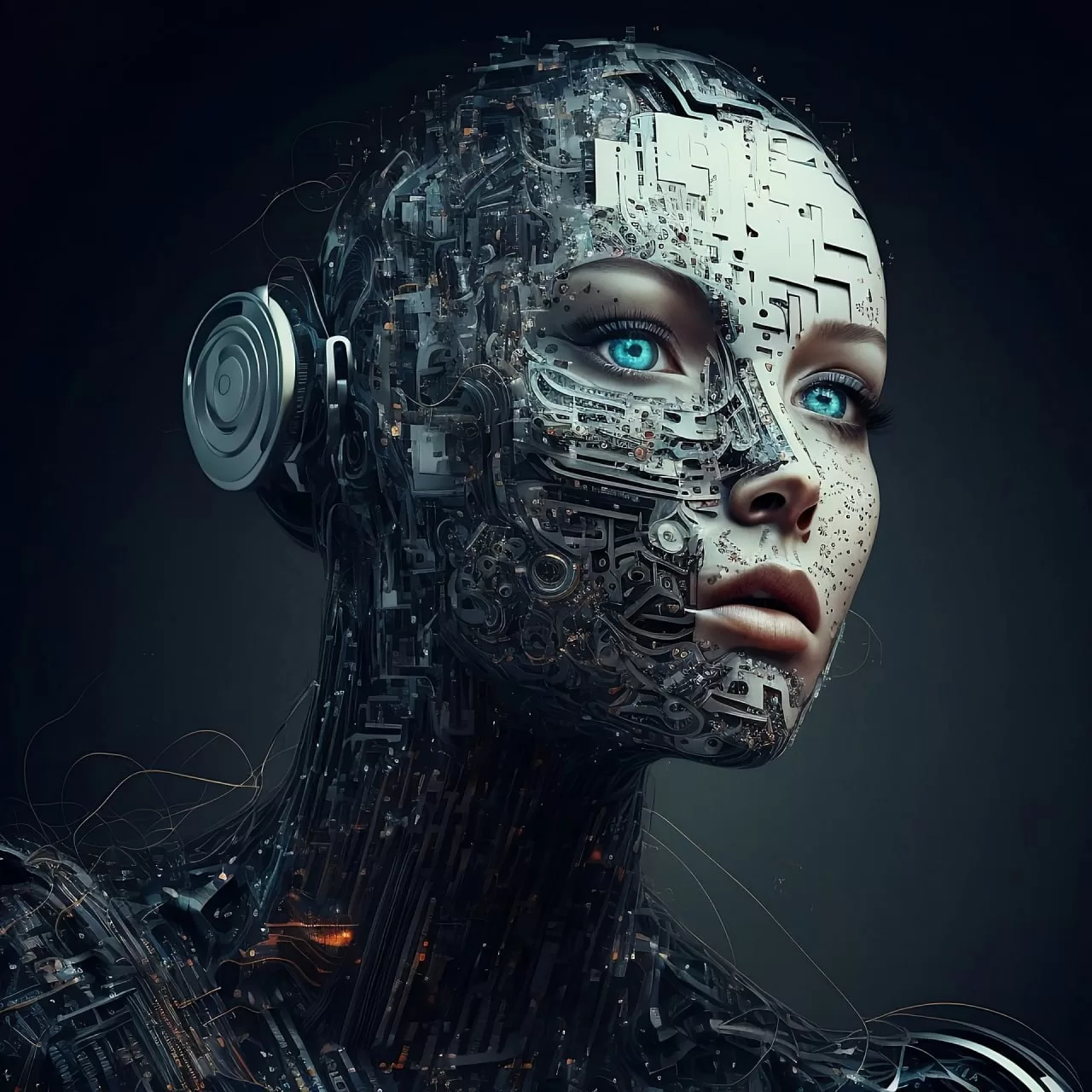


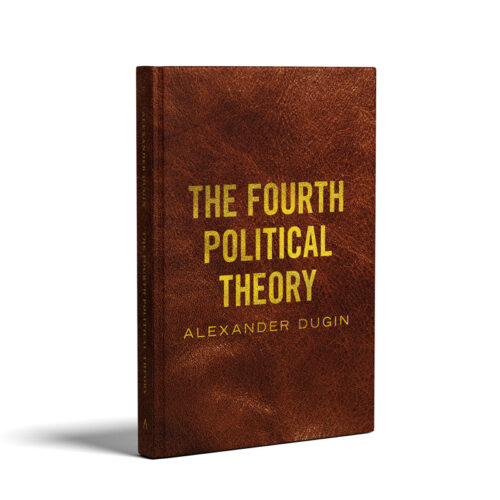
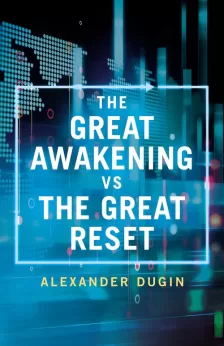

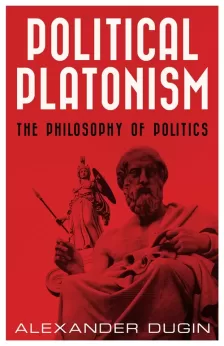
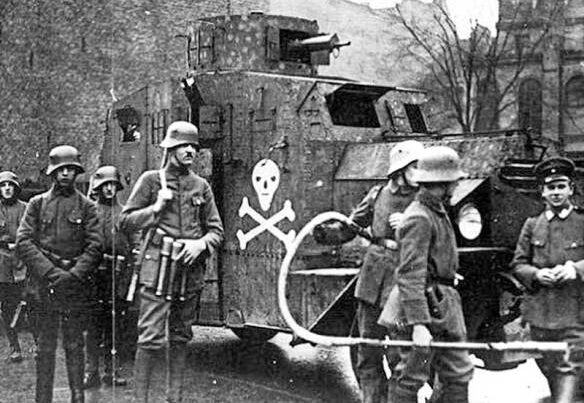


[…] globalist-nihilist hostile elite, cf. Alexander Markovics, ‘The Philosophy of Transhumanism’, Arktos.com 14 March 2023 and Alexander Dugin, ‘Post-men or Post-humans?, Geopolitica.ru 22 March […]